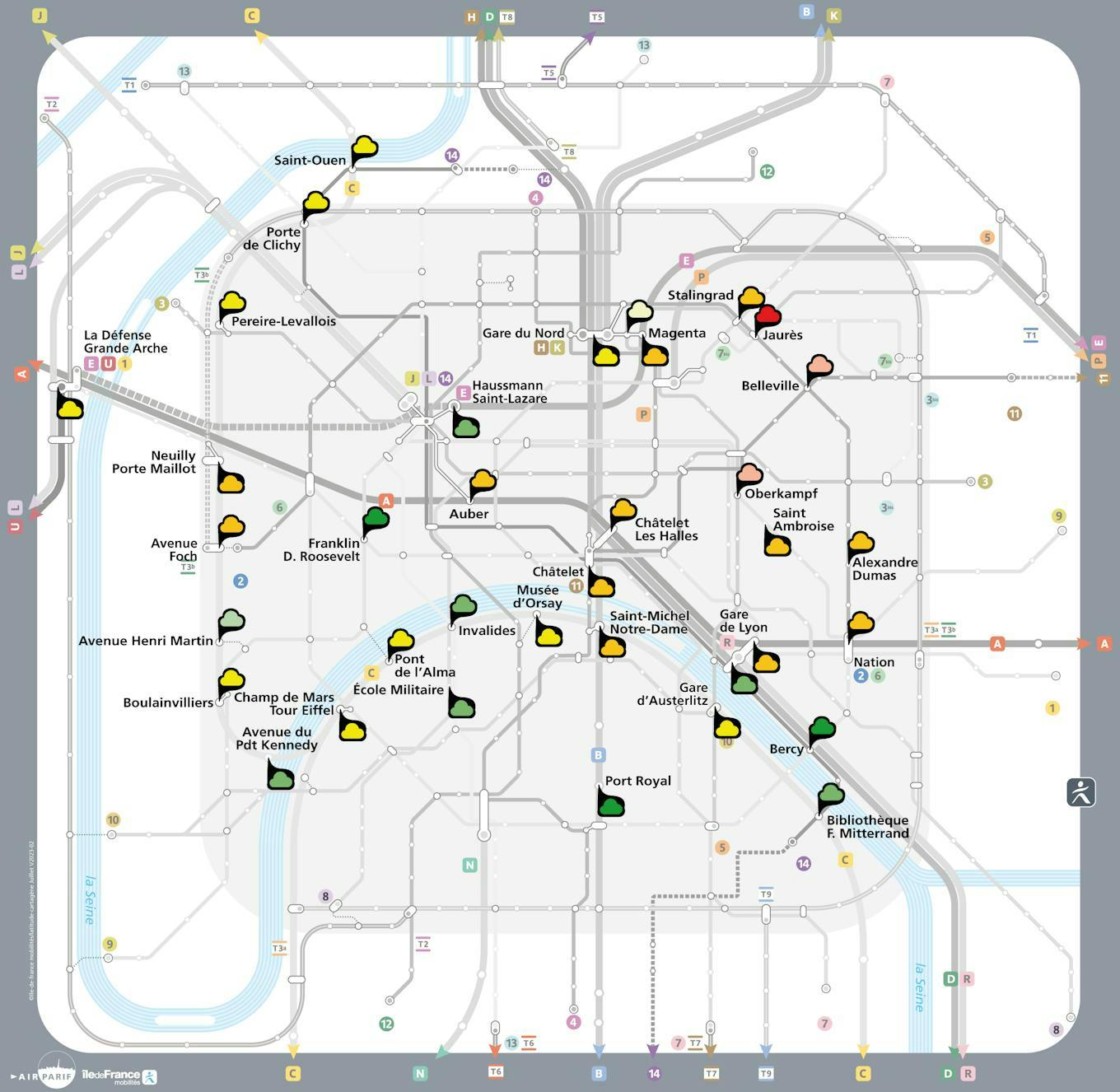Dossier
Île-de-France Mobilités:
carbon-free mobility
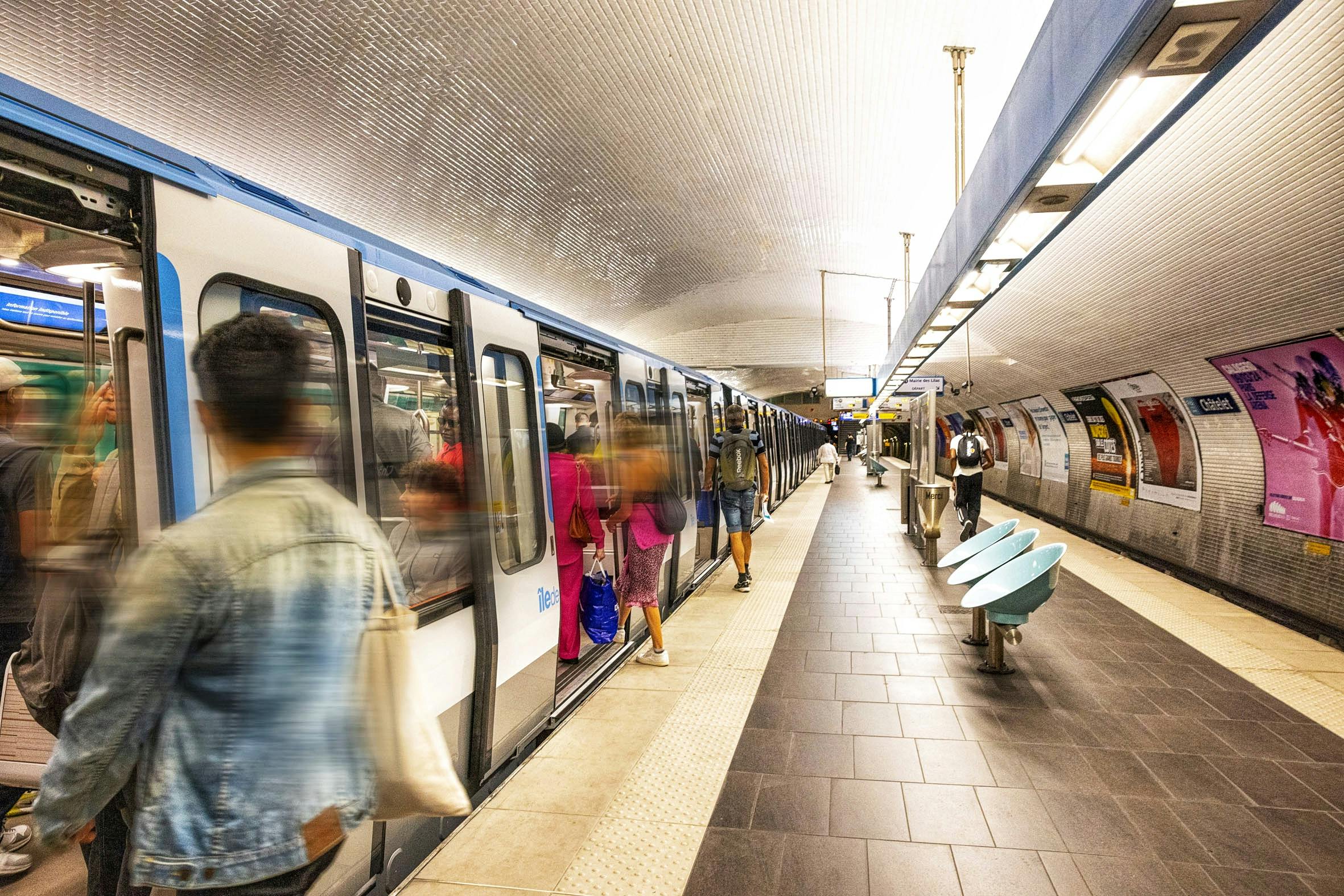
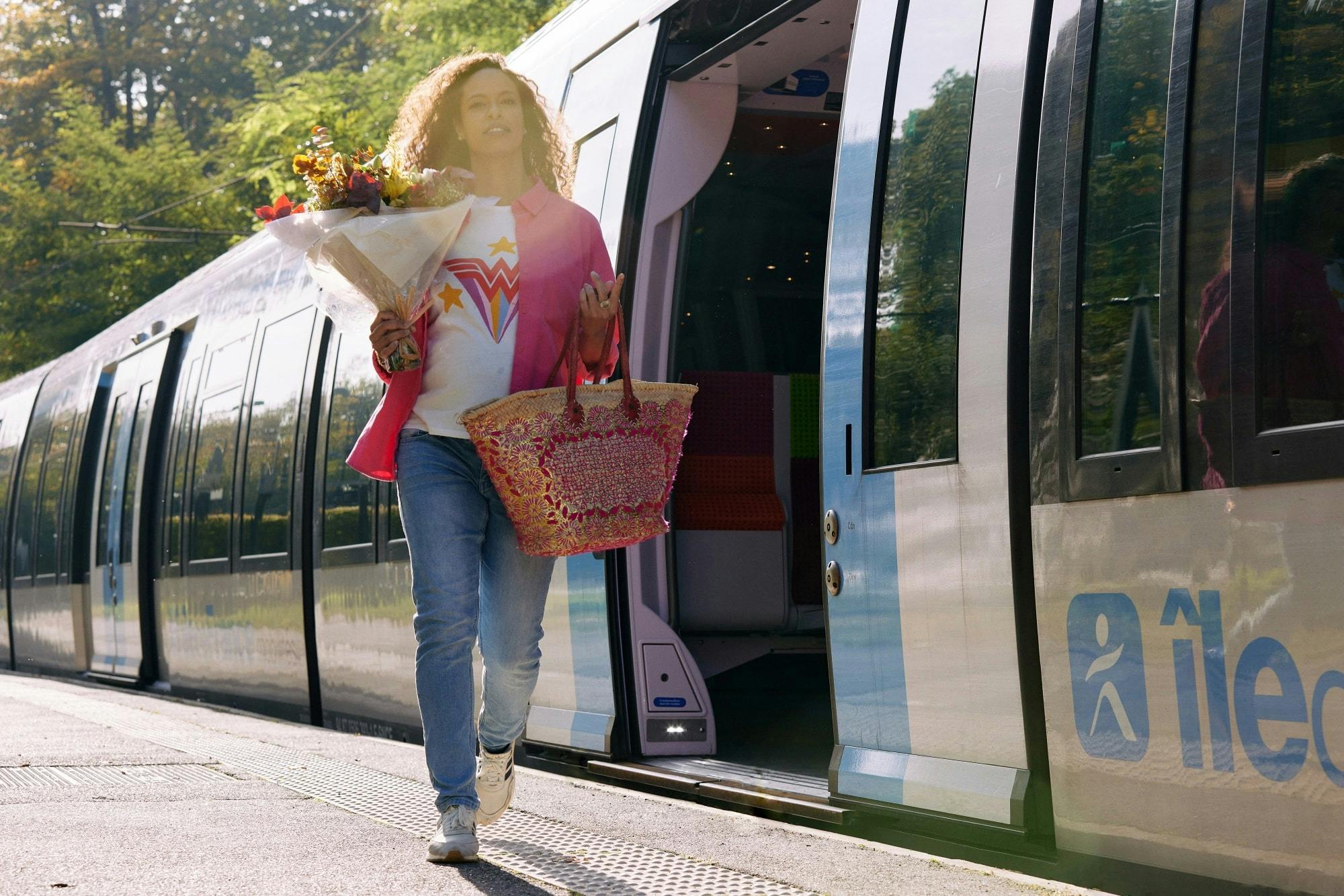
Île-de-France Mobilités is a major player in the public transport energy transition
The strategic goal of Île-de-France Mobilités is to champion environmental sustainability by continually enhancing our infrastructure and technology. This commitment is aimed at achieving the complete decarbonisation of our fleet of vehicles, contributing to a greener and cleaner future.
To significantly reduce CO2 emissions in the Paris region and promote sustainable mobility, Île-de-France Mobilités has embarked on an ambitious programme to decarbonise all modes of public transport in the region.
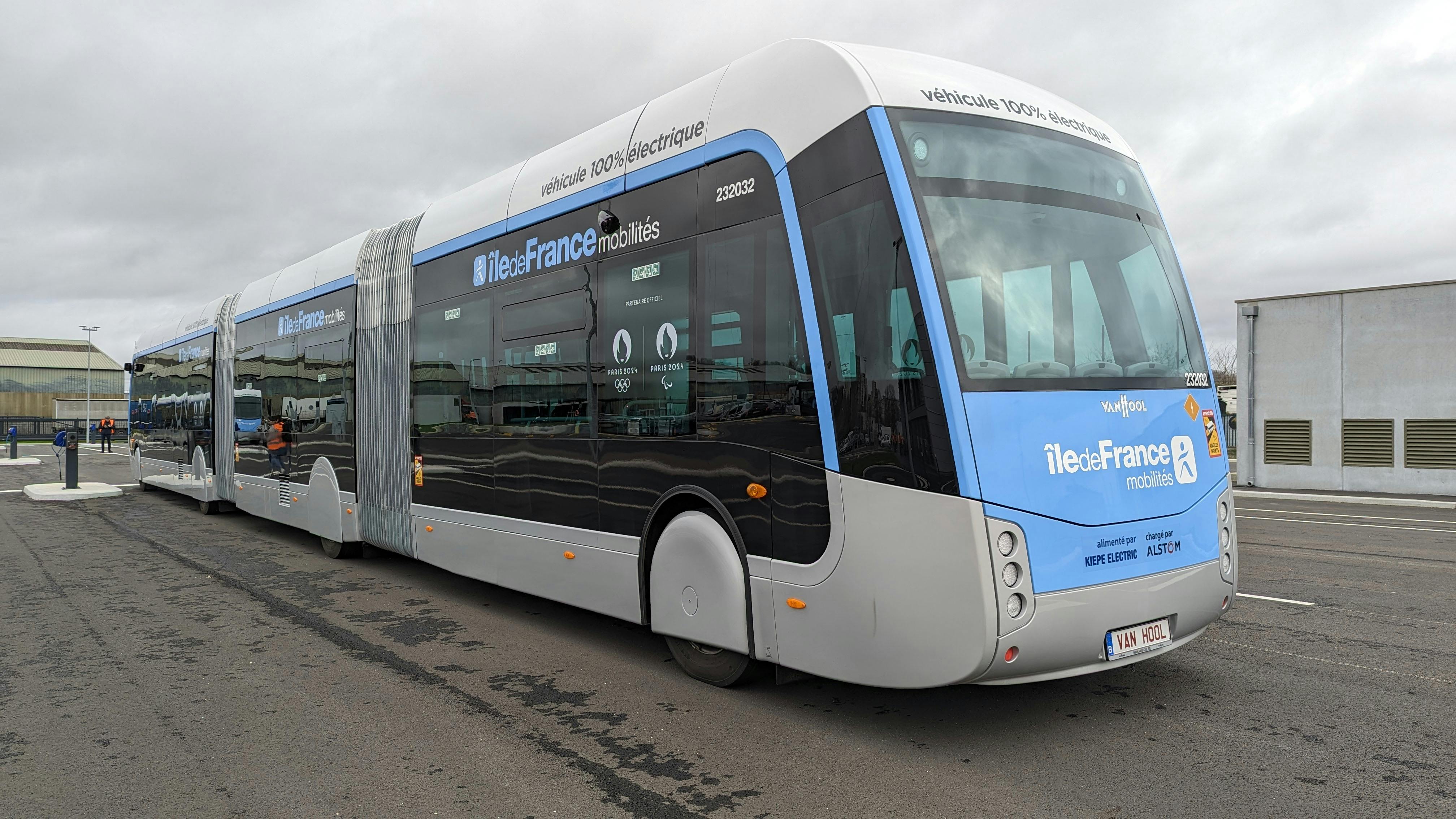
Sustainable buses, a commitment to ecological excellence
Our objective is to remove all diesel buses by the end of 2025, and to have a complete fleet of clean buses in 2029
So that everyone can travel while respecting the environment, Île-de-France Mobilités is fully engaged in the energy transition.
The transformation of the bus ecosystem is underway, embracing sustainability through the integration of biomethane and electric vehicles and the replacement of diesel with HVO (Hydrotreated Vegetable Oil), a significant step towards cleaner energy.
Additionally, the overhaul of bus depots and infrastructure, alongside other innovative measures, is steering the network towards an eco-friendly future.
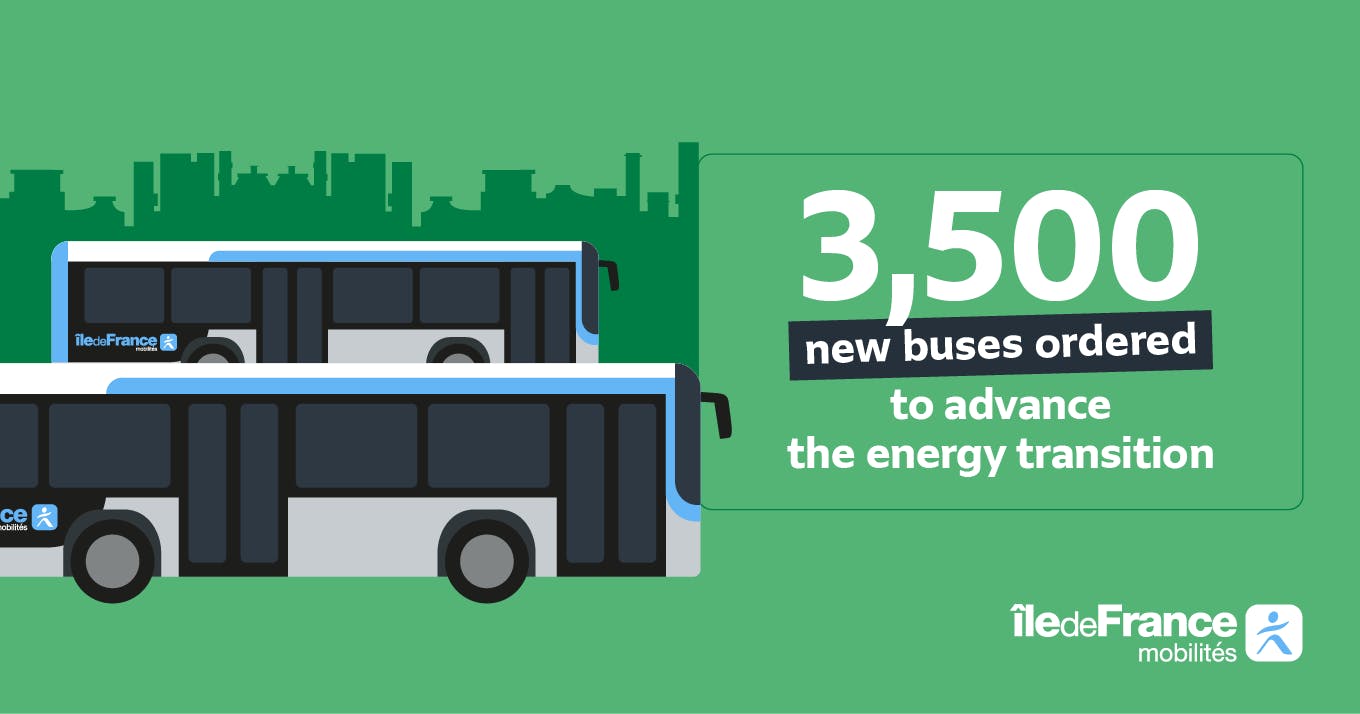
- Île-de-France Mobilités' energy mix targets 70% biomethane and 30% electricity
- In 2025, the bus and coach network will run on clean energy in urban areas
- 3,500 new green coaches and buses will enter service between 2025 and 2028
- Sustainable bus depots are essential for the operation of green buses
- Support for local production of biomethane through anaerobic digestion

Local biomethane production
Promoting eco-mobility also means actively supporting the development of the methane sector in the Paris region.
More biomethane is great. But it's even better when this green energy is produced locally. That is why Île-de-France Mobilités is investing to develop and organise this local production sector.
As of January 2024, there are 57 operational methane production facilities in the Paris region.
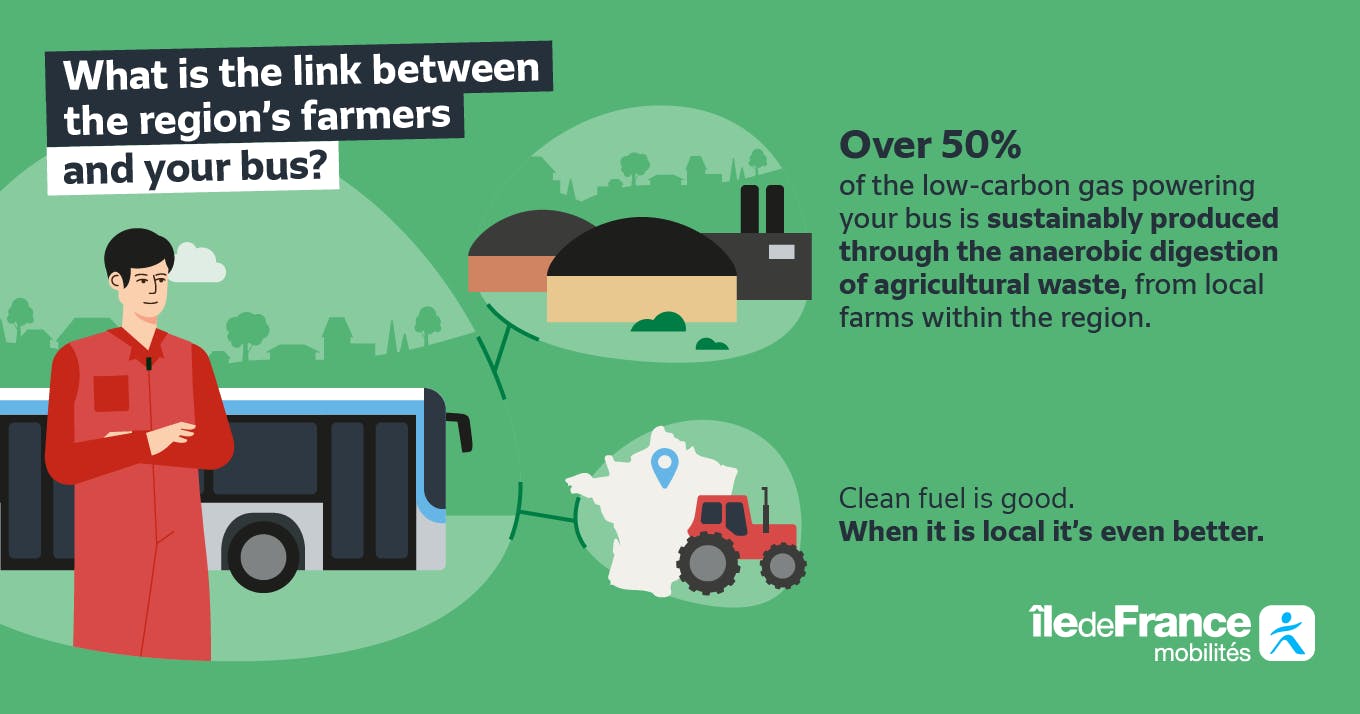
Transforming bus depots in the Paris region
Île-de-France Mobilités is actively working on the energy transition of buses with the modernisation ofBus Operations Centres (BOC).
These hubs, serving as the nerve centres for this mode of transport, require a comprehensive transformation. This will enable them to fully support ecological vehicles by facilitating their maintenance, providing power supply, and offering adequate garage space.
As of January 2024, thirty BOCs are already equipped to accommodate a fleet of green buses, underlining Île-de-France Mobilités' commitment to a zero-emission public transport network for 2030.

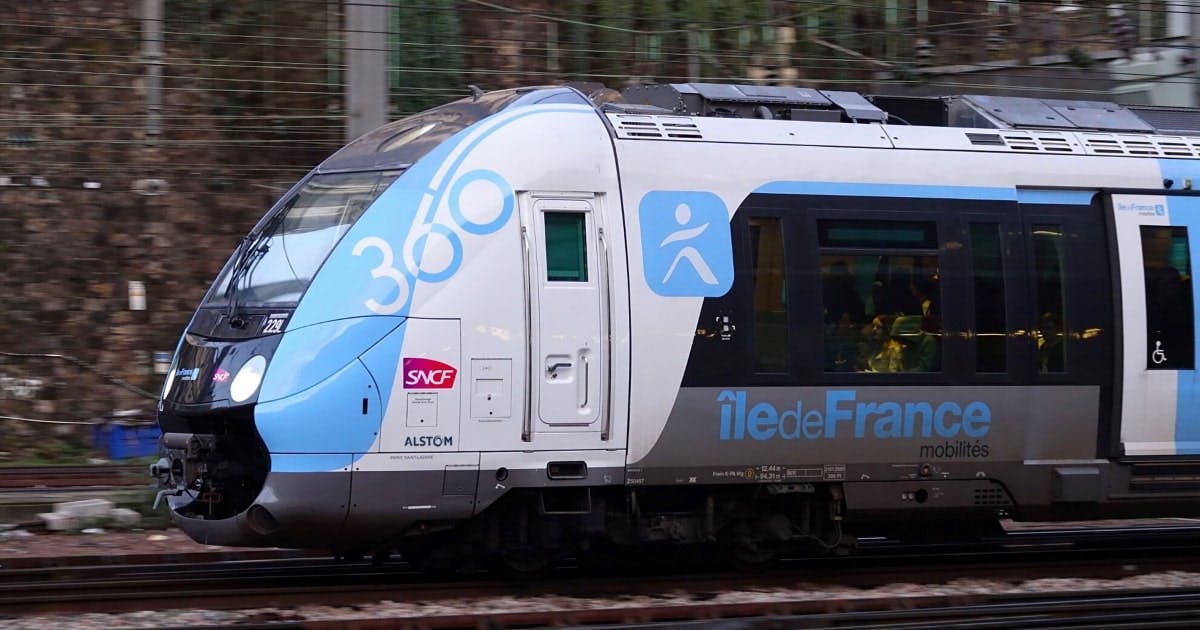
The rail network is (almost) fully electrified
By 2030, the entire Paris region rail network will be electrified with work planned on the last non-electrified line, Ferté-Milon, on Line P, in the Eastern part of the Paris region.
After years of hard work, this transformation, which is nearing completion, demonstrates Île-de-France Mobilités' major commitment to ever more sustainable mobility.

Ecological and economical
An electrified rail network brings trains that use cleaner and cheaper energy compared to diesel. It is more modern, uses less energy, and trains are more comfortable and quieter.
As part of the major replacement programme of rolling stock, trains, RER NG and metro trains, the objective is to reduce energy consumption by up to 25%. This is achieved thanks tonew traction and braking systems which improve performance, acceleration and deceleration compared to the older generation units, while optimising energy efficiency.
The electrification of the rail network stands as a pivotal environmental asset within the strategic vision of Île-de-France Mobilités which invests daily to foster increasingly sustainable mobility throughout the region.
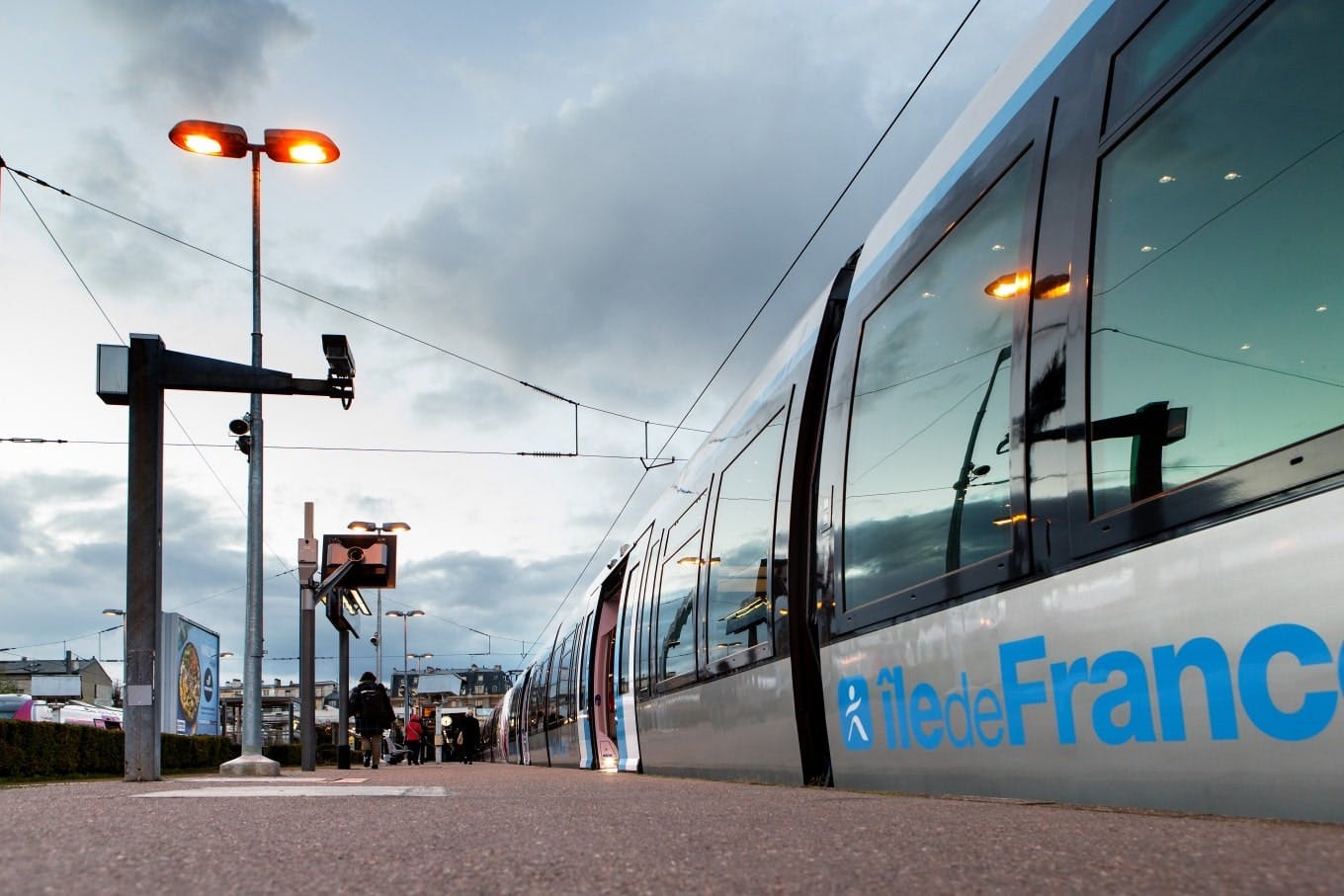
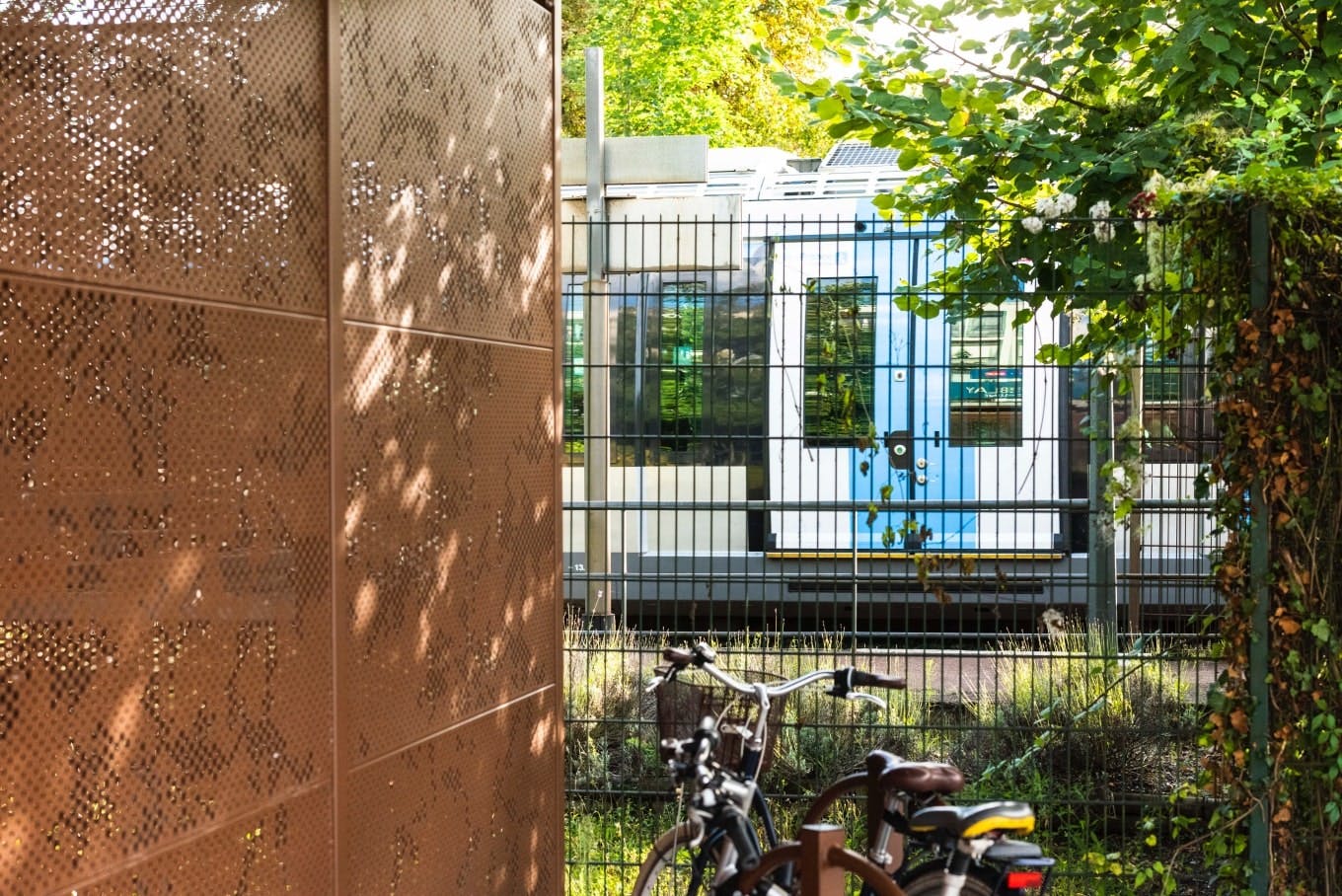
Intermodality: a powerful tool for decarbonisation
Since 2016, Île-de-France Mobilités has spearheaded Europe's most ambitious programme for the total decarbonisation of all modes of public transport, including the promotion of intermodality.
Offering modern, non-polluting vehicles is essential. Allowing everyone in the Paris region to create the itinerary that suits them best is even better.
Intermodality means seamlessly transitioning between various clean and efficient modes of transport. By modernising vehicles and enhancing connectivity, Île-de-France Mobilités relies on intermodality as the cornerstone of its environmental strategy, empowering residents to choose sustainable alternatives.

Bike + train + metro or carpooling + RER + bus: that’s what intermodality is all about. It means moving as seamlessly as possible from one mode of transport to another, thanks to the unified Paris region network and single Navigo pass.
Making intermodality easier is the other challenge for Île-de-France Mobilités. Because the more reasons there are to choose public transport instead of your car, the faster the Paris region will move towards decarbonisation - and cleaner air.
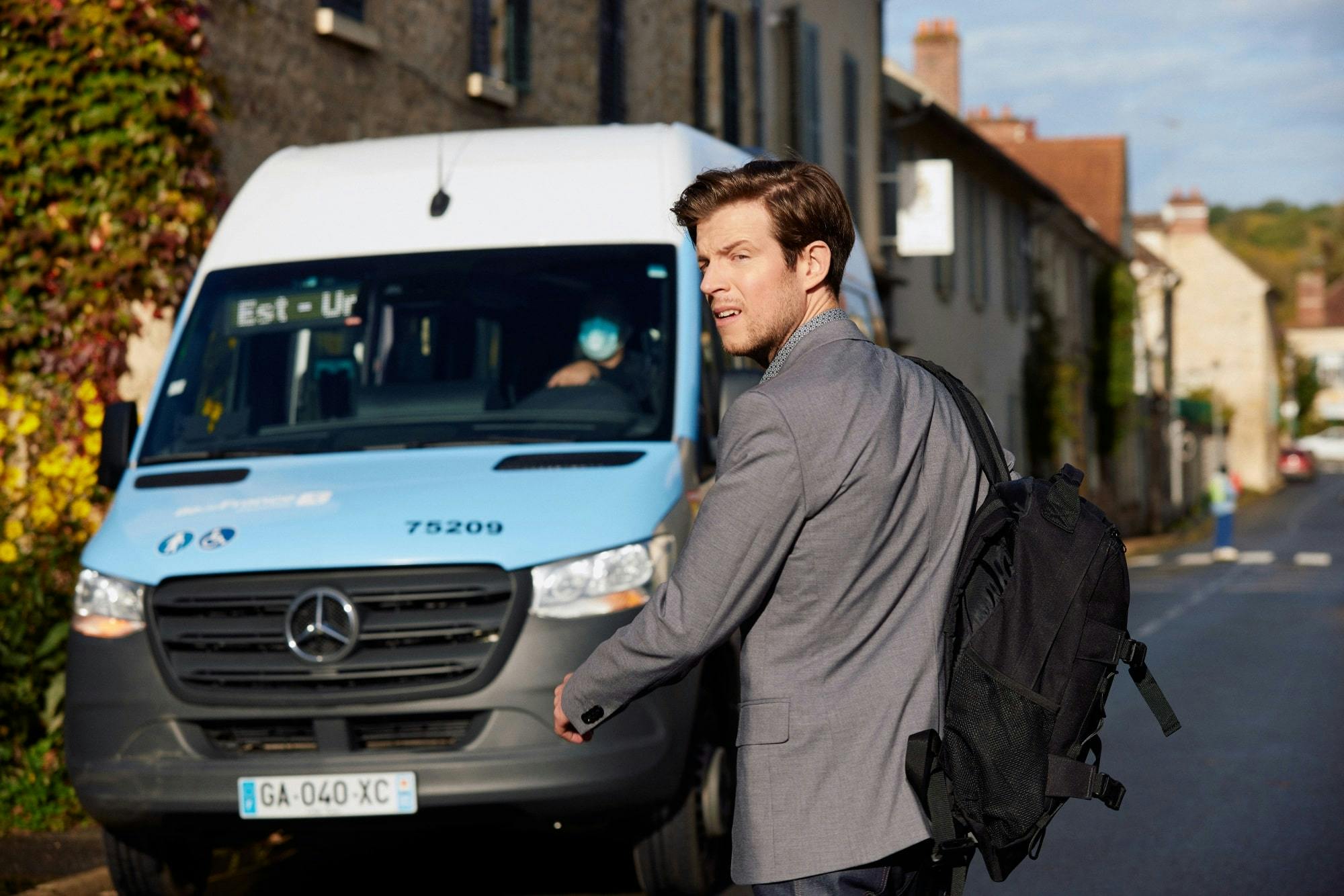
Intermodality and the Paris 2024 Games
Enhanced intermodality and modernised rolling stock will enable a carbon-free Olympic and Paralympic Games in 2024. For the first time in Olympic history, all spectators will access venues via public transport.

A closer look at Park & Ride car parks
To make it easier for Ile-de-France residents to take the train, parking spaces certified “Parking Relais” (P&R) near stations in the outer suburbs make it easy to park your car without wasting time.

A closer look at Véligo Location: long-term rental of e-bikes by Île-de-France Mobilités
Since September 2019, with Véligo Location, Paris region residents have had access to the largest long-term rental service for e-bikes in the world.
The Véligo Location service aims to encourage the development of sustainable mobility, by giving all Ile-de-France residents the opportunity to try out an e-bike for their daily trips, for six to nine months (one to three months for cargo bikes).
The idea is to gradually convert people: "I'll try out an e-bike with Véligo", then "I love e-bikes" until "I want to buy my own e-bike".
And this is where Île-de-France Mobilités can help again, with a subsidy up to €400 for a standard e-bike and €600 for a cargo e-bike.
Feedback from Véligo Location shows its success. Only 50% of Véligo Location users typically cycled regularly. After their Véligo Location experience, 70% carried on regular cycling.

A closer look at VIF
Île-de-France Mobilités is moving on with subsidies for buying bikes and on the rollout of cheap bike parks, sometimes free for pass holders, that are as close as possible to stations. At the same time the Paris Region is working on VIF - Vélo Île-de-France.

The Vélo Île-de-France (VIF) network comprises 11 cycle routes covering 750 kilometres, facilitating safe, uninterrupted cycling journeys for residents. This €300 million investment aims to make cycling a convenient mode of travel, connecting Paris from all directions by 2030.


Improving indoor air quality
Improving and controlling air quality in metro and RER stations is a priority for Île-de-France Mobilités.
A pioneer in the field and closely followed by other capitals, Île-de-France Mobilités is working hand in hand with its partner AirParif (the air quality observatory in the Paris region) to design an ambitious plan and concrete actions, implemented on the ground by transport operators RATP and SNCF Transilien.
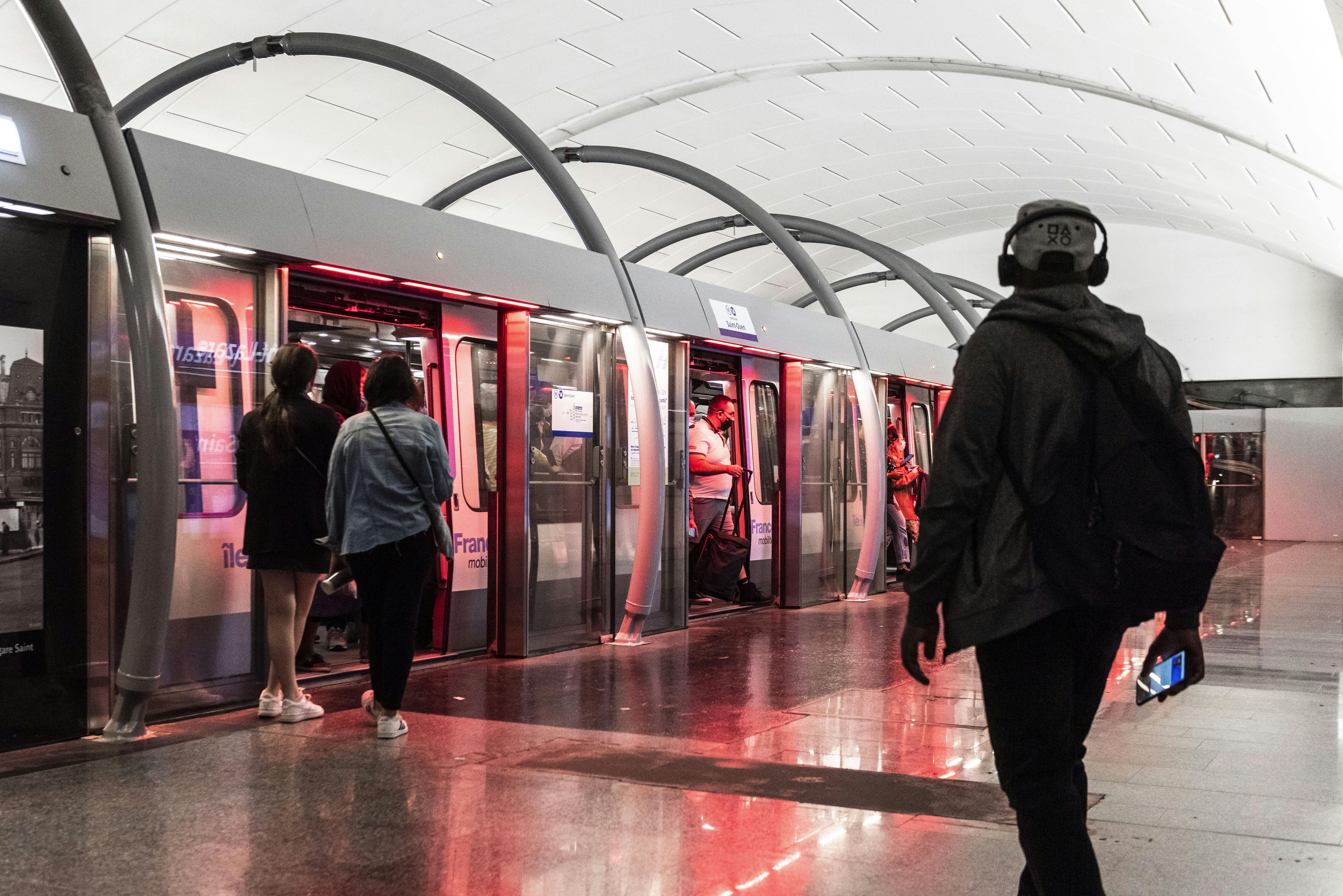
A plan whose objective is to limit emissions of fine and ultrafine particles, and whose operating methods will evolve as knowledge becomes available, and standards and technological innovations change.
The actions are grouped into three main areas:
- Improve knowledge of fine particles, and public information
- Develop existing tools and test new ones
- Develop metro and RER trains to reduce the sources of these emissions
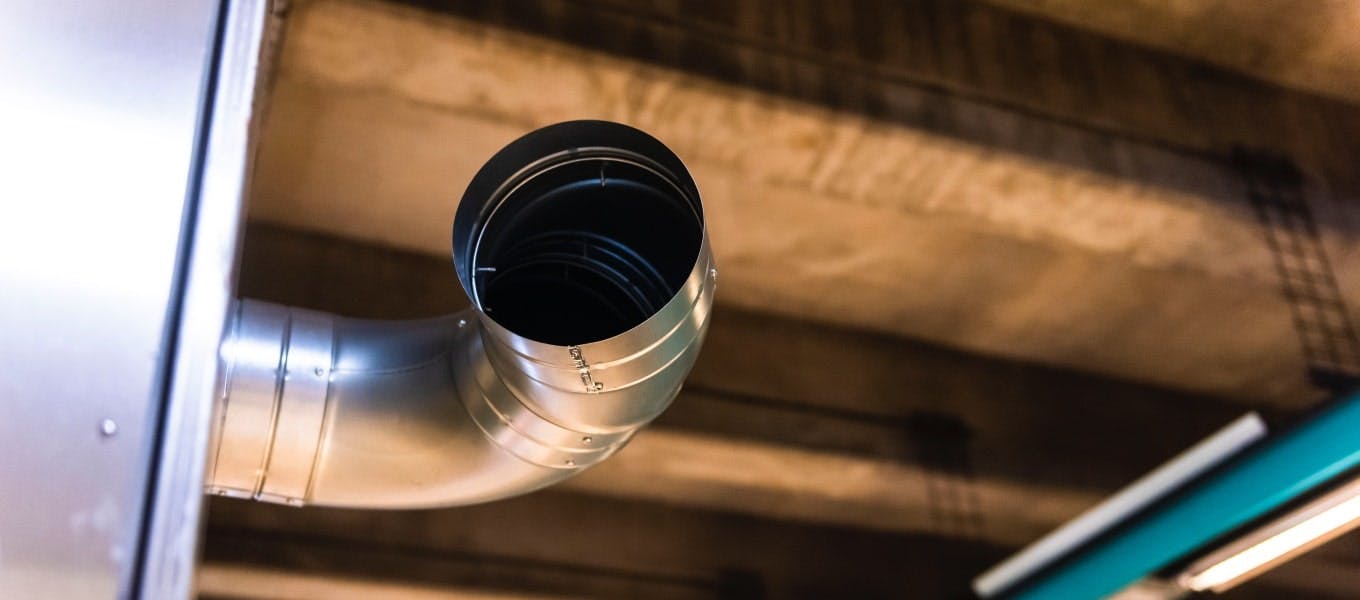
2023 mapping of air quality underground
This map establishes a precise inventory of air quality to inform passengers and optimise the action plan by prioritising initiatives in the stations with the highest levels.
